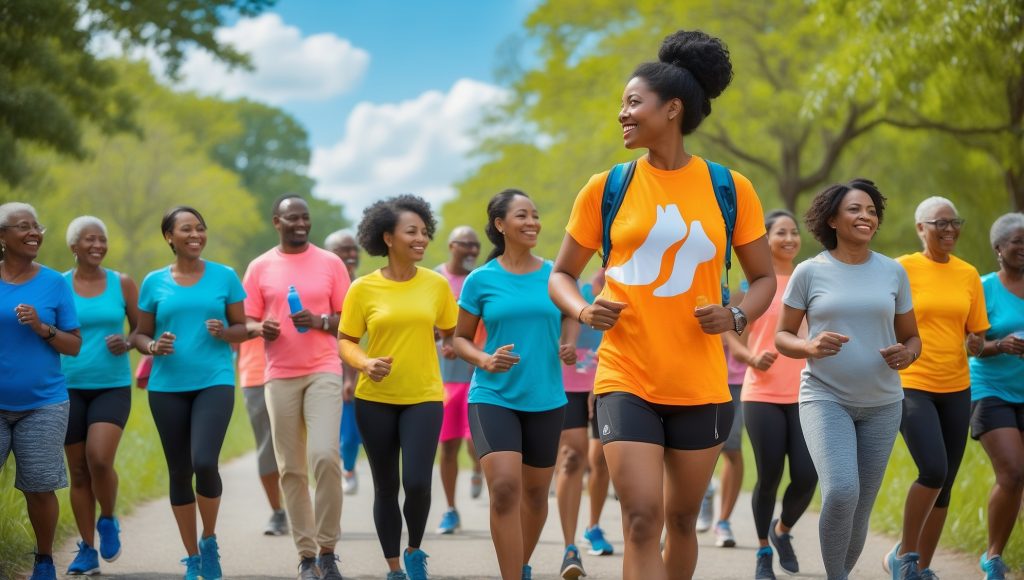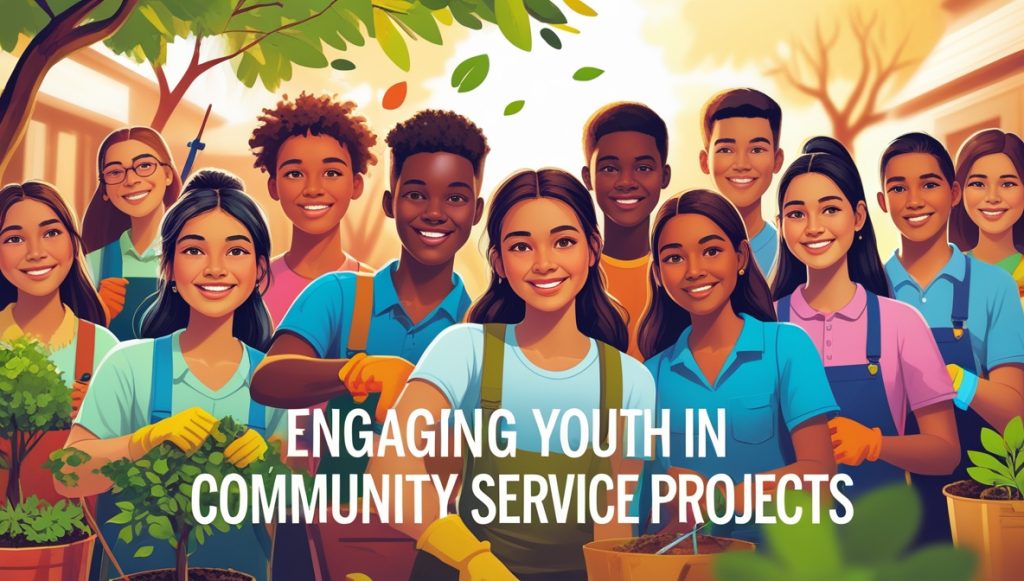Community walks and fitness challenges spark connections, promote healthy habits, and build stronger neighborhoods. These events blend exercise with social interaction, turning fitness into a shared experience. This article outlines ideas and practical steps for organizing initiatives that bring individuals together while staying active.
Setting the Vision
Start with a clear goal. Whether encouraging regular physical activity or simply offering a fun way to meet neighbors, each event must have a defined purpose. Consider these factors when forming the vision:
- Inclusivity: Activities should appeal to a range of abilities. Offer options for beginners and seasoned participants.
- Accessibility: Choose routes or venues that are easy to reach. Consider parks, community centers, or safe urban paths.
- Engagement: Build excitement by incorporating themed walks or challenges that foster community spirit.
Steps to Organize a Community Walk
Planning is key. A well-organized walk not only ensures safety but also increases participation. Follow these steps:
- Plan the Route
- Map out a circuit that offers variety, such as parks, streets, and local landmarks.
- Mark clear meeting points and rest stops along the path.
- Coordinate with local authorities if the walk spans busy areas.
- Promote the Event
- Use local media, flyers, and social media to spread the word.
- Involve community leaders or local groups to support outreach.
- Create engaging content that highlights the benefits of walking and community interaction.
- Gather Supplies and Volunteers
- Prepare water stations, first aid kits, and signage for clear directions.
- Organize a team of volunteers to manage registration, directions, and safety.
- Set up a check-in area where participants can receive maps and updates.
- Execute on the Day
- Kick off the event with a warm greeting and a brief explanation of the route.
- Monitor the progress and offer support where needed.
- Encourage participants to interact and share their experiences during breaks.
Innovative Fitness Challenge Ideas
Fitness challenges provide a fun twist to traditional walks. They can be adapted to various themes and goals. Consider these creative ideas:
- Step Count Competitions: Organize a friendly contest where participants log their steps. Use simple tracking methods such as smartphone apps or pedometers.
- Timed Walks: Introduce challenges where groups or individuals complete a route in a set time. Celebrate those who show improvement or achieve personal bests.
- Scavenger Hunts: Incorporate a list of landmarks or items to spot along the route. This adds an element of adventure and problem solving.
- Team Challenges: Divide participants into teams that work together to achieve fitness milestones. Design tasks that require coordination and collaboration.
- Charity Walks: Combine fitness with fundraising. Invite community members to participate in a walk that supports local causes, generating a sense of purpose beyond exercise.
Building Community Spirit
The power of these events lies in their ability to foster a sense of belonging. Here are strategies to build community spirit:
- Local Partnerships: Collaborate with schools, small businesses, or community organizations. Their participation can help increase the event’s reach.
- Interactive Elements: Arrange for live music, food stalls, or mini-workshops along the route. Such touches encourage casual conversations and build lasting memories.
- Recognition: Celebrate individual or team achievements during the event. Awards, certificates, or public acknowledgments provide motivation for continued participation.
- Feedback Collection: After the event, ask for input on what worked well and what could be improved. This dialogue ensures that future events become even more engaging and efficient.
Maintaining Momentum
Post-event activities can keep the community active year-round. Consider the following tactics:
- Regular Meetups: Schedule periodic walks or challenges to build a routine.
- Social Platforms: Create a dedicated page or group where participants can share tips, photos, and upcoming event details.
- Skill Workshops: Offer sessions on topics such as nutrition, mindfulness, or injury prevention. These sessions add value and deepen community bonds.
- Collaborative Projects: Initiate community projects, such as neighborhood beautification or local sports events. Such projects can evolve from the energy generated during fitness challenges.
Organizing community walks and fitness challenges goes beyond physical exercise; it fosters social connections, builds local pride, and encourages a healthier lifestyle. With a clear vision, thoughtful planning, and creative activity ideas, community members can come together for events that provide enjoyment, personal achievement, and lasting friendships. Each step taken contributes to a network of engaged, active individuals united by a common interest in wellbeing.





